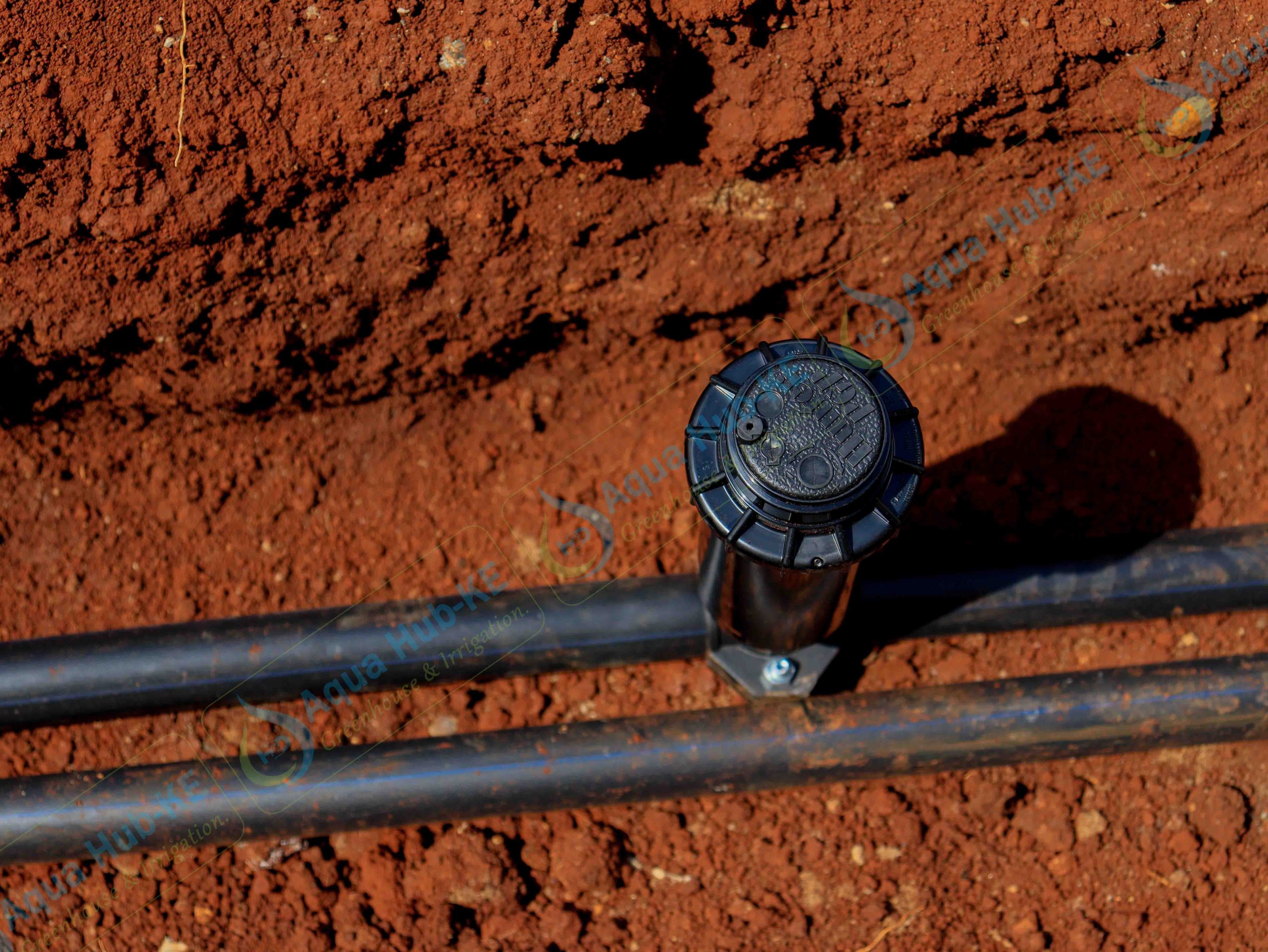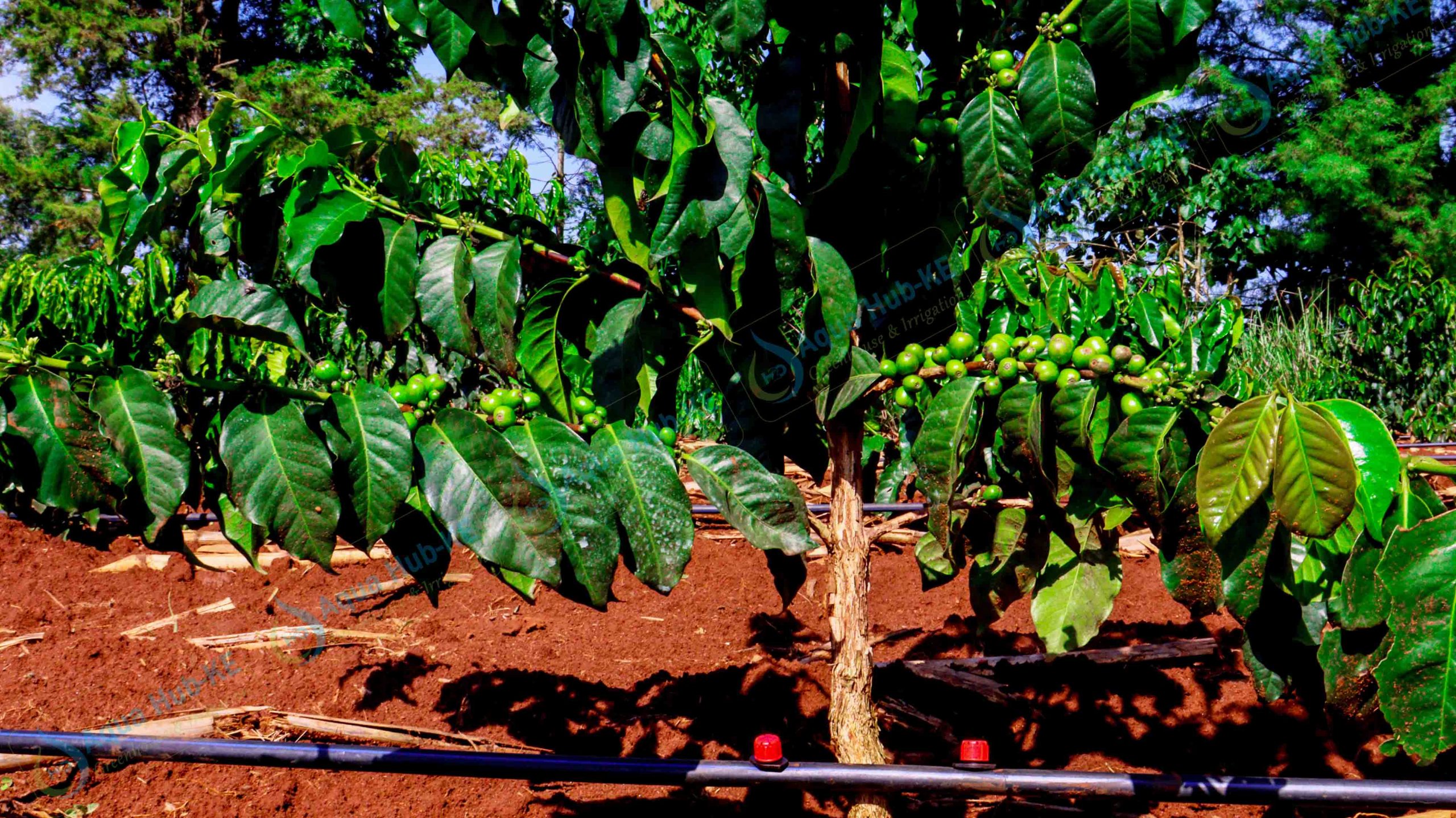Pond Liner Calculator in Kenya
A pond liner calculator is a tool used to calculate the size of a liner needed for a pond based on its dimensions. A pond liner is an impermeable material placed in a pond to prevent water from seeping into the soil. The size of the liner required will depend on the pond’s dimensions, including its length, width, and depth.
To use a pond liner calculator, you typically input your pond’s maximum length, width, and depth. The calculator will also provide an estimate of the liner you require and the amount of liner material required.
Using a pond liner calculator can be helpful in ensuring that you purchase the correct liner for your pond, which can help prevent leaks and other problems. It can also help save you time and money by preventing you from purchasing multiple liners due to incorrect sizing.
How much pond liner do I need?
You can save money if you know how much pond liner you require. Buying either too big or too small is a waste of money. To figure out how much material you’ll need for your pond project, you must also take precise measurements. A liner calculation will need to consider these. The quantity of protective underlay and pond liner you will need to purchase will be determined by your measurements.
To calculate how much pond liner you require, you also will need to measure your pond’s maximum length, width, and depth. Then you can use the following formula:
Pond liner size = (maximum length + 2 x maximum depth + 2) x (maximum width + 2 x maximum depth + 2)
This formula also considers the length, width, and depth of the pond, plus an additional 2 feet of overlap on each side to ensure proper coverage.
For example, if your pond has a maximum length of 10 feet, a maximum width of 6 feet, and a maximum depth of 3 feet, you would need a pond liner size of:
(10 + 2 x 3 + 2) x (6 + 2 x 3 + 2) = 18 x 12 = 216 square feet
So, you would need a pond liner of at least 216 square feet to cover your pond with enough overlap properly.
Keep in mind that this calculation is an estimate, and it’s always a good idea to add a bit of extra material to your measurement to account for any irregularities or unexpected variations in the shape of your pond.
Pond liner calculator
Here’s a simple formula that you can use to calculate the size of the pond liner you will need:
- Measure the maximum length, width, and depth of your pond in feet. If your pond has irregular shapes, measure its maximum length and width as if it were a rectangle that encompasses the pond area.
- Calculate the total area of the pond by multiplying the maximum length by the maximum width. This will give you the surface area of the pond in square feet.
- Calculate the surface area of the bottom of the pond by multiplying the maximum length by the maximum width. This will give you the bottom area of the pond in square feet.
- Calculate the liner size you need using the formula: Liner size = maximum length + (2 x maximum depth) + 2 feet = maximum width + (2 x maximum depth) + 2 feet.
- This formula considers the length and width of the pond and depth of the pond, plus an additional 2 feet on each side for overlap.
- Round up the liner size to the nearest standard size available for purchase.
Here’s an example calculation:
Let’s say your pond has a maximum length of 10 feet, a maximum width of 6 feet, and a maximum depth of 3 feet.
- Surface area of the pond = 10 feet x 6 feet = 60 square feet
- The surface area of the bottom of the pond = 10 feet x 6 feet = 60 square feet
- Liner size = (10 feet + 2 x 3 feet + 2 feet) x (6 feet + 2 x 3 feet + 2 feet) = 18 feet x 12 feet
Round up to nearest standard size = 20 feet x 15 feet
Therefore, you will need a pond liner at least 20 feet by 15 feet to cover your pond with enough overlap to ensure proper coverage.
What shape should my pond be?
The shape of your pond will depend on various factors, including the intended use of the pond, the surrounding terrain, and personal preferences. Here are a few common shapes that you may consider:
- Circular or oval ponds: These shapes are often used for aesthetic purposes, as they can create a calming and peaceful environment. They are also a good choice for swimming or recreational activities, as they provide a consistent depth throughout the pond.
- Rectangular or square ponds: These shapes are also often for practical purposes, such as irrigation or livestock watering. They are also a good choice for fish ponds, as they allow for easy installation of aeration and filtration systems.
- Irregular ponds: These shapes can create a more natural-looking environment and be a good choice for larger properties with uneven terrain. They can also create multiple areas with different depths and habitats, benefiting aquatic wildlife.
When choosing the shape of your pond, it’s important to consider the size of the pond, the intended use, and any regulations or guidelines that may apply in your area. You may also want to consider the placement of the pond in relation to other features on your property, such as buildings, trees, or other water sources. A qualified professional, such as a landscape architect or pond builder, can also help you decide the best shape for your pond based on your specific needs and circumstances.
For more information and quotations, contact : 0790719020




